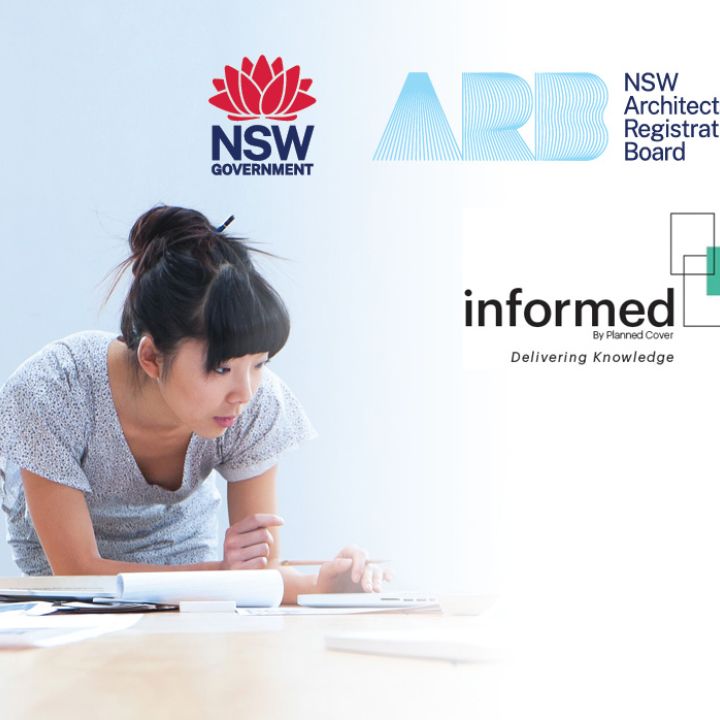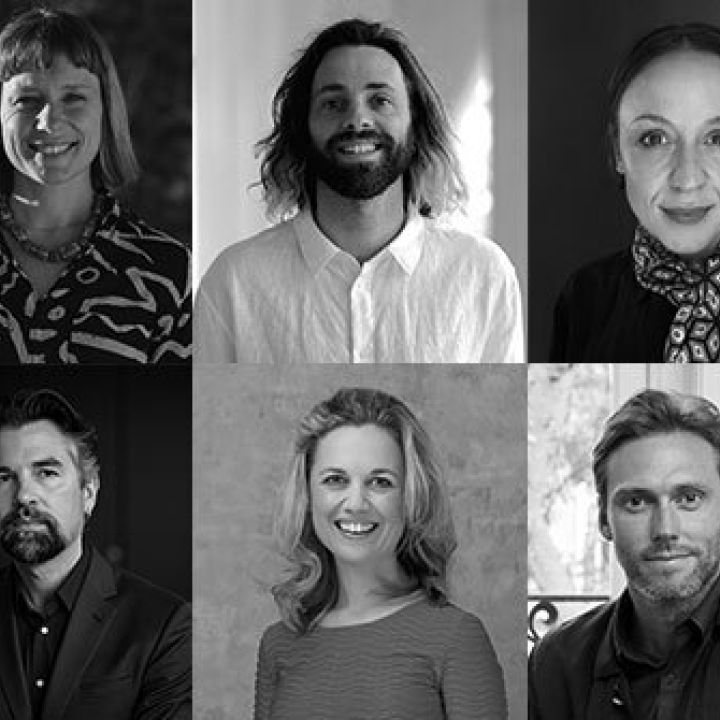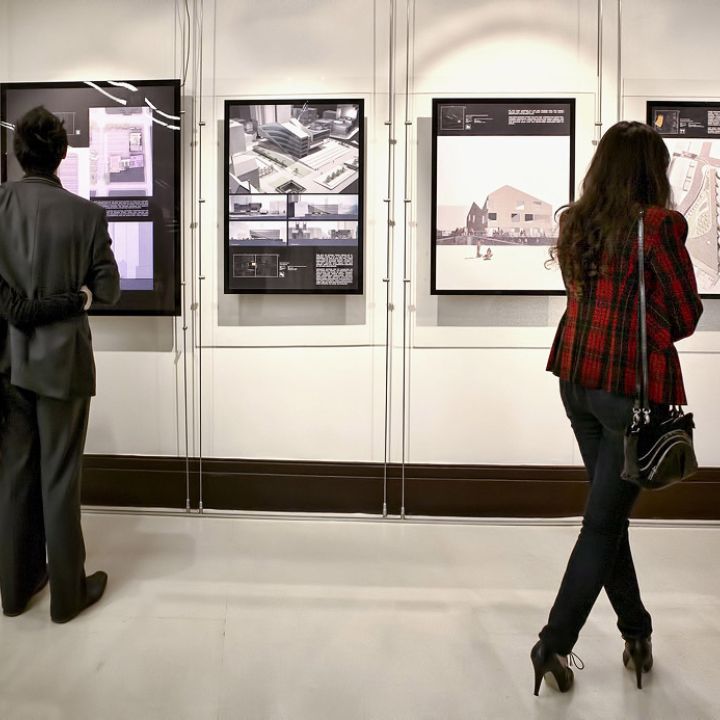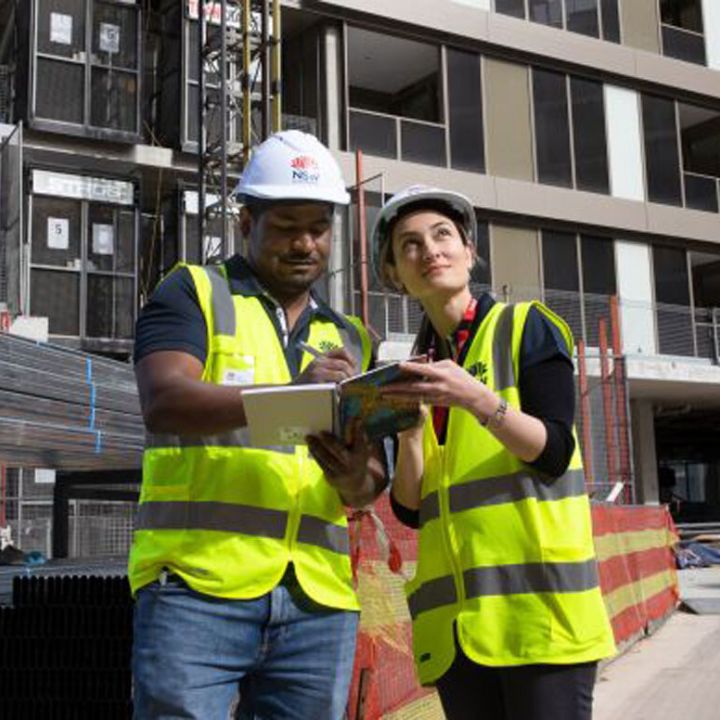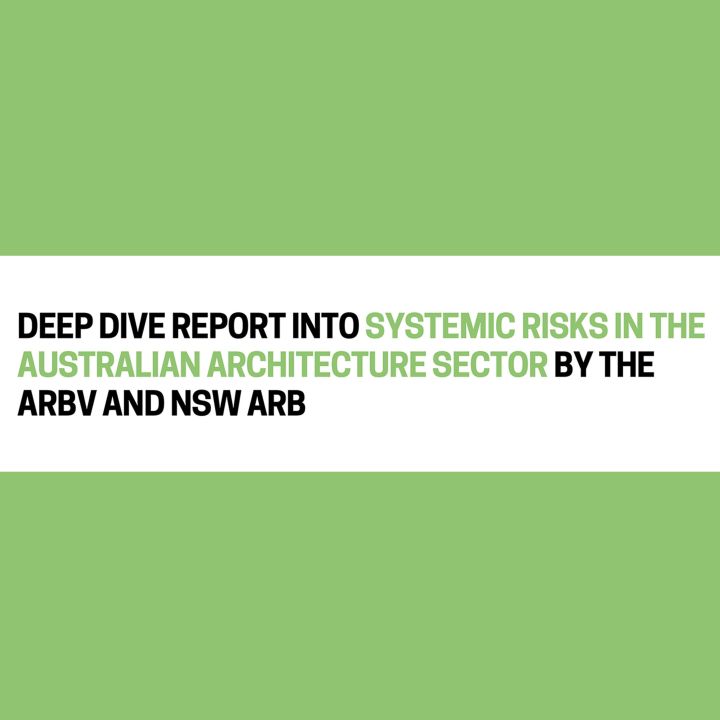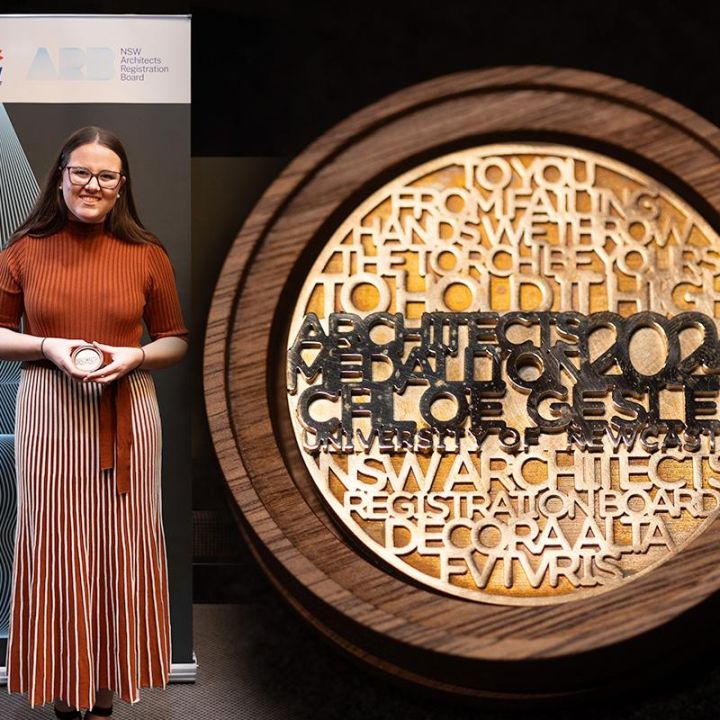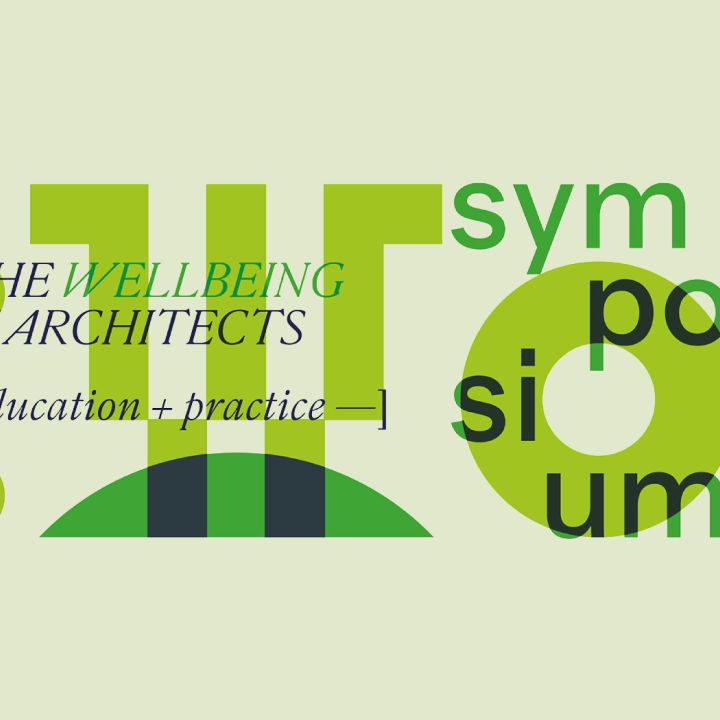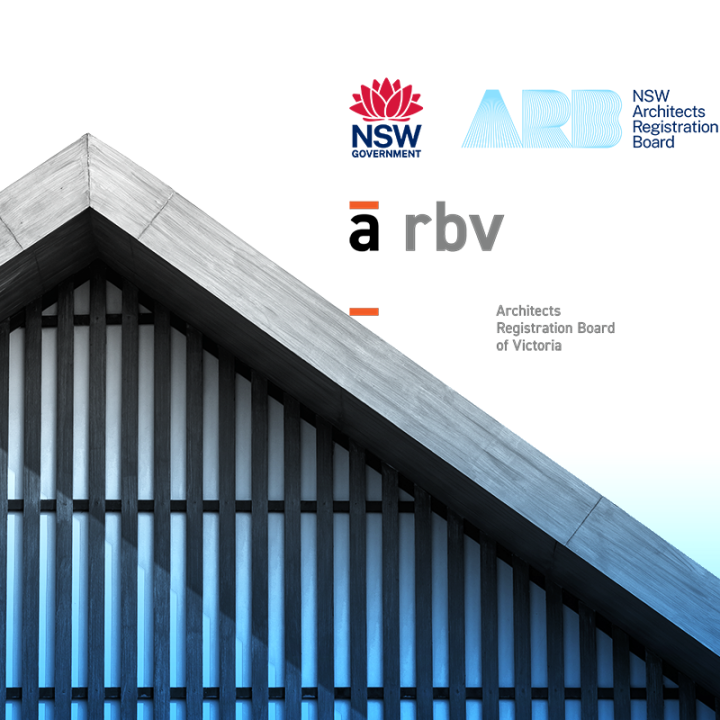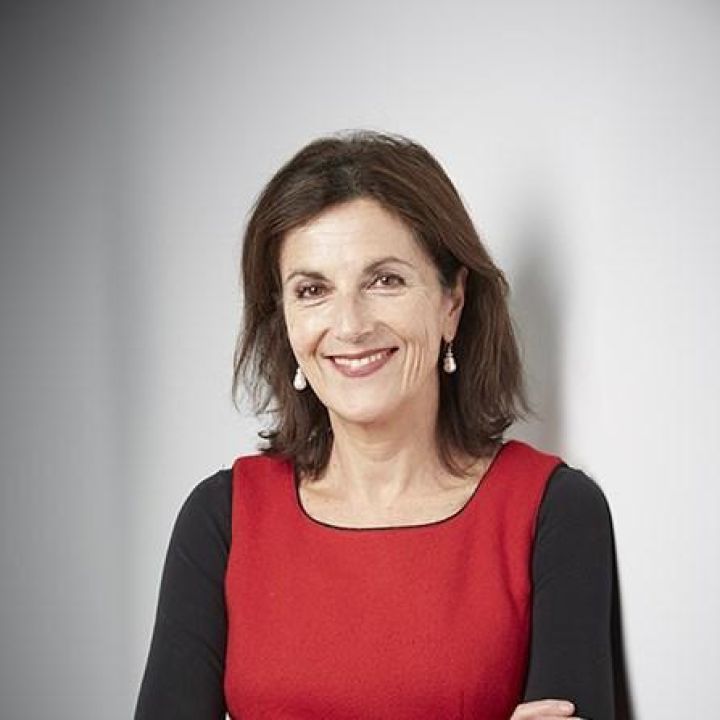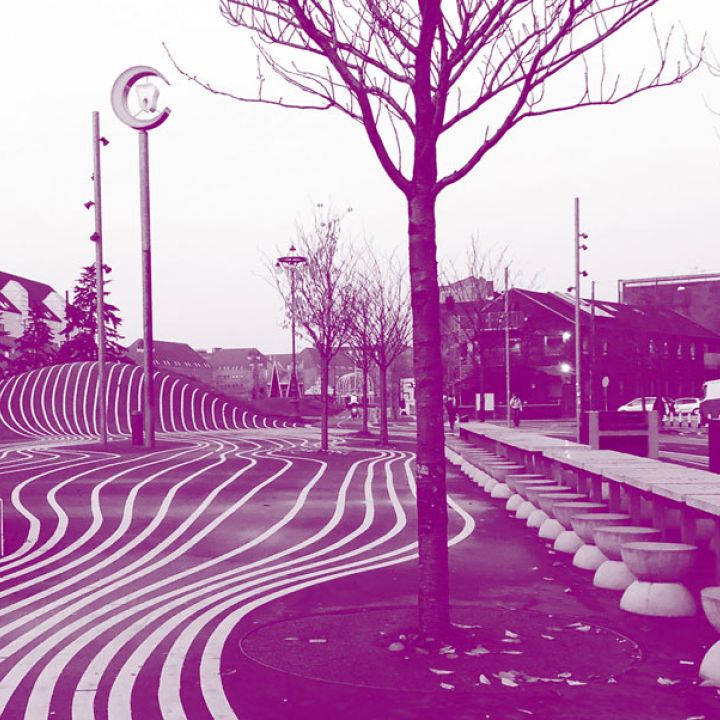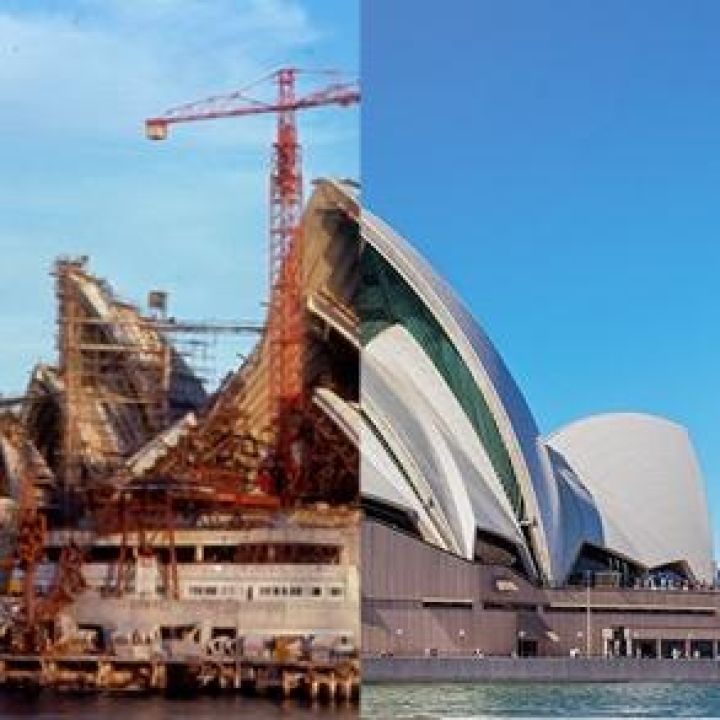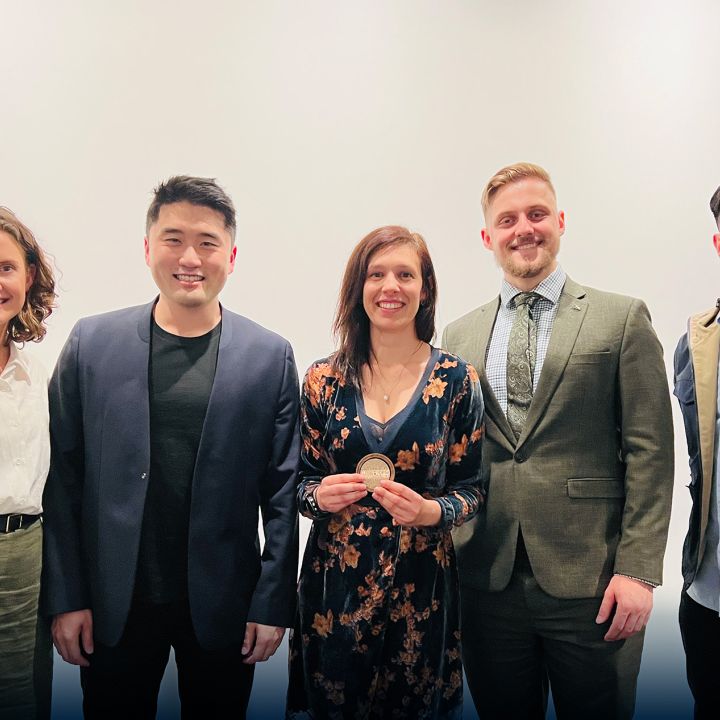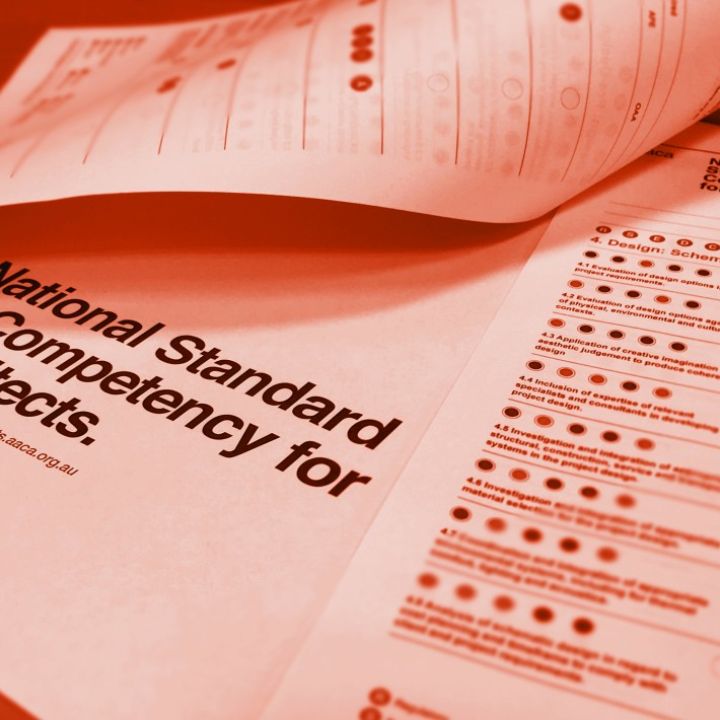
Architecture at the table: growing our export potential
At the G20 Summit held in November 2014, Sydney was declared a global infrastructure hub.
So what does this mean for Australia’s built environment sector?
Australians do infrastructure well. Australian design and development companies rank among some of the world’s most successful firms, and have been export-oriented for decades. Australian engagement in Asia has been pioneered by Hassell, GHD Woodhead, Cox Architecture, PTW, and more recently by BVN and others. Australian development is known by global brands such as Lend Lease, Brookfield Multiplex, John Holland, Leightons.
McKinsey predicts that by 2025, 136 new cities will enter the top 600, all of them from the developing world and overwhelmingly—100 new cities—from China. Architectural design services; engineering and development capability - linked to the infrastructure needed in these new cities - is a lead customer for the technologies, products, materials and services.
In crude terms, US$20 trillion will be invested in urban infrastructure by 2050. Around half of the construction activity this will generate will occur in the Asia Pacific region. How can Australian architecture and design firms capitalise on this growth when only 9% of firms have a local presence in Asia?
On 5 October 2015, the 9th annual Sydney Architecture Festival assembled key minds from across the sector; including our universities, firms, regulators, peak bodies, government and finance to find practical ways to support, promote and grow the sector in the next decade.
We heard from architectural firms already exporting services to the world. Cox Architecture, Woods Bagot, Hassell, PTW and BVN are just five of the practices with presence overseas; designing the buildings, spaces and places of the world’s biggest cities.
This export story is emblematic of Australia’s shift away from mining to professional services as a means to embrace the new economy - something echoed by Prime Minister Malcolm Turnbull:
“China’s rapid urbanisation has led to 80 Australian architectural studios opening up in china, with a further 220 Australian firms winning work. A good example is Cox Rayner Architects which recently won a competition to design china’s 290m national maritime museum - beating a field of 80 of the world’s leading design firms in Tianjin” in response to a question, 15 September 2015
CEO of dwp suters, Leone Lorrimer, representing the Association of Consulting Architects, shared the common experiences of those architectural firms already engaged overseas, and called for government to assist the sector in five ways;
- Forecast growth & opportunities in sectors
- Advocacy for integrated design capabilities
- Help identify opportunities to connect with clients and projects
- Provide fact sheets on regulatory frameworks, business, culture, customs and cautions
- Diplomatic support when needed on substantial infrastructure projects
Lorrimer asked government to provide an underpinning platform for growth by:
- Recognising design as an export market
- Developing a comprehensive promotion methodology for the sector
- Helping showcase specialist skills/ innovations
- Developing a comprehensive national register of design service providers
- Simplifying export insurance schemes
- Improving technology through the NBN
Recognising qualifications and experience is also essential for labour and learning mobility. The Architects Accreditation Council of Australia CEO, Kate Doyle outlined the importance of multilateral mechanisms to facilitate mutual recognition in the region, such as the APEC Architect initiative. This has promise, but is under-utilised because of business and legal barriers in economies across APEC. Government funding initiatives such as Austrade’s Export Management Development Grants may also smooth a firm’s expansion overseas. Doyle noted that over the last five years, more than 108 grants totalling around $4m were awarded to architectural service firms. However the trend is down 28% since 2009, with only 1% of these grants going to architectural services firms.
To grow, the sector must work with Government to optimise architects’ access to support programs - noting that the majority of architectural services firms in Australia comprise 1-19 employees. More research is needed on the effects of internationalisation on architectural education and practice in Australia and identifying the reality of opportunities, barriers and support mechanisms available for the architectural services sector.
Australia’s Minister for Trade, Andrew Robb MP regularly refers to the growth potential of architecture and engineering as part of a services sector offering what our international markets want, not what we think they want. As if to reinforce this, UNSW Economist Tim Harcourt also points to the opportunities that come from the flow on effect from China’s rapid urbanisation. As Harcourt puts in, “as Beijing directs economic activity westward, demand for infrastructure grows. Australian services providers in building and construction, architects and designers are helping to build “the great mall of China”, and the roads, airports and civic buildings.” (newsroom.unsw.edu.au/ 8 September 2015)
IBISWorld estimates that architectural services revenue will grow by 2.6% per annum over the five years to 2019-20, to reach $7.3 billion.
But a vibrant export sector needs a thriving domestic sector to avoid a shortfall in skills locally. Add to this, the need to grow the ‘pipeline’ of skills being developed in those new services required by the smarter, more sustainable buildings, spaces and places. So following the event itself, we worked to bring the recurring themes together in to a coherent set of initiatives for industry, government and university to share over the next decade.
We think the message from the day can be summarised in three key areas that includes:
- Develop a 5 year strategy to propel Australia’s built environment capability into Asia through integrated professional services export incubation; to showcase, support and connect; to foster relationships; providing on the ground intelligence and local resources to facilitate a better understanding of culture, customs and cautions. In practical terms this may mean revising current position descriptions in key consulate centres to include a ‘built environment’ capability; provide training and resources to DFAT missions on opportunities identified by industry and by universities; encourage multilateral agreements for mutual recognition to streamline professional mobility; expand and support the APEC architect initiative through consulates; develop a dedicated ‘architecture & engineering’ stream as part of Australia’s New Columbo plan.
- Foster growth in local design capability and professions to support a more vibrant export-facing sector. This may mean embracing the ‘risk’ often associated with engaging smaller or younger architecture firms, partnering or de-risking in other ways to ensure we grow the next generation of global design studios. In practical terms this could mean a Ministerial roundtable to implement national mutual recognition to encourage labour mobility between all States and Territories; and ensure industry productivity and competitiveness by fine tuning R&D credits for architectural firms
- Develop resources for high-school level curriculum aimed at expanding the traditional view of STEM to include architecture, design and planning - possibly by expanding the ‘PlanShapers’ initiative announced by the NSW government in 2014. This may also mean looking to the US initiatives like ‘STEM to STEAM’ - a program that recognises the value of art and design-based practice in converting technical skills for new uses.
For more, download Global Infrastructure Hub - Architecture at the Table.pdf.
- Last updated on .







